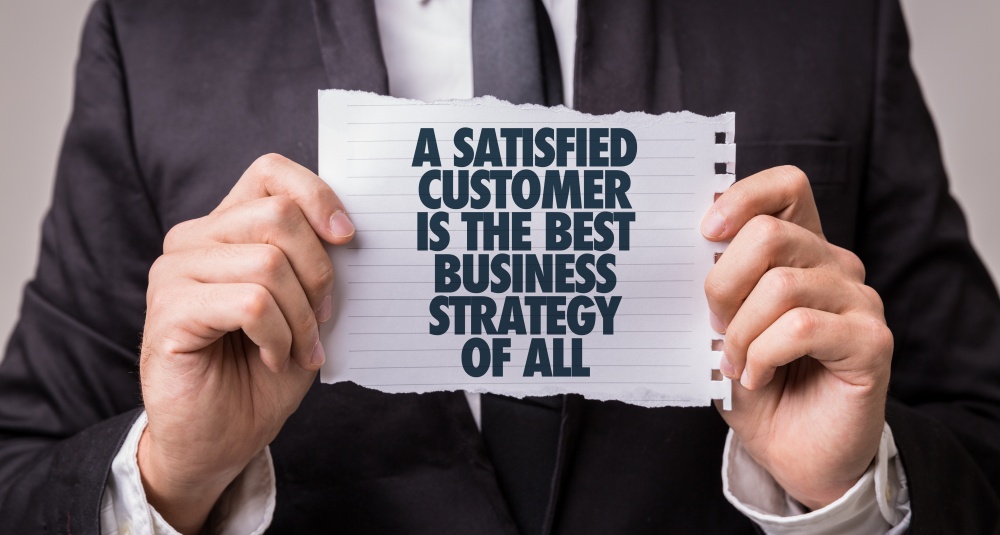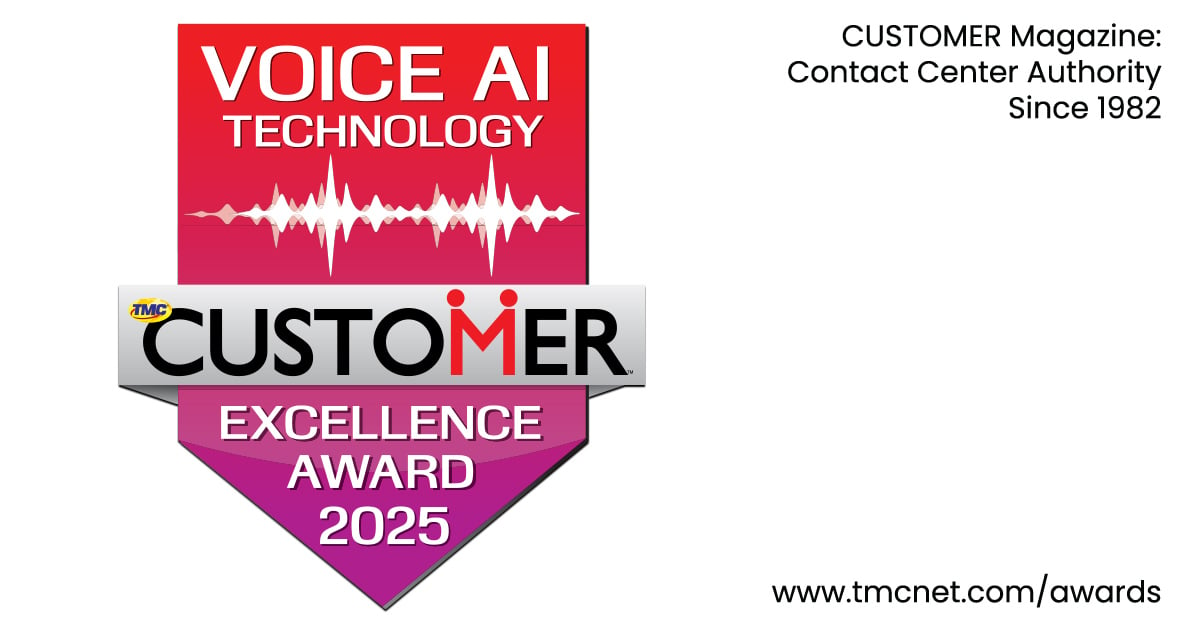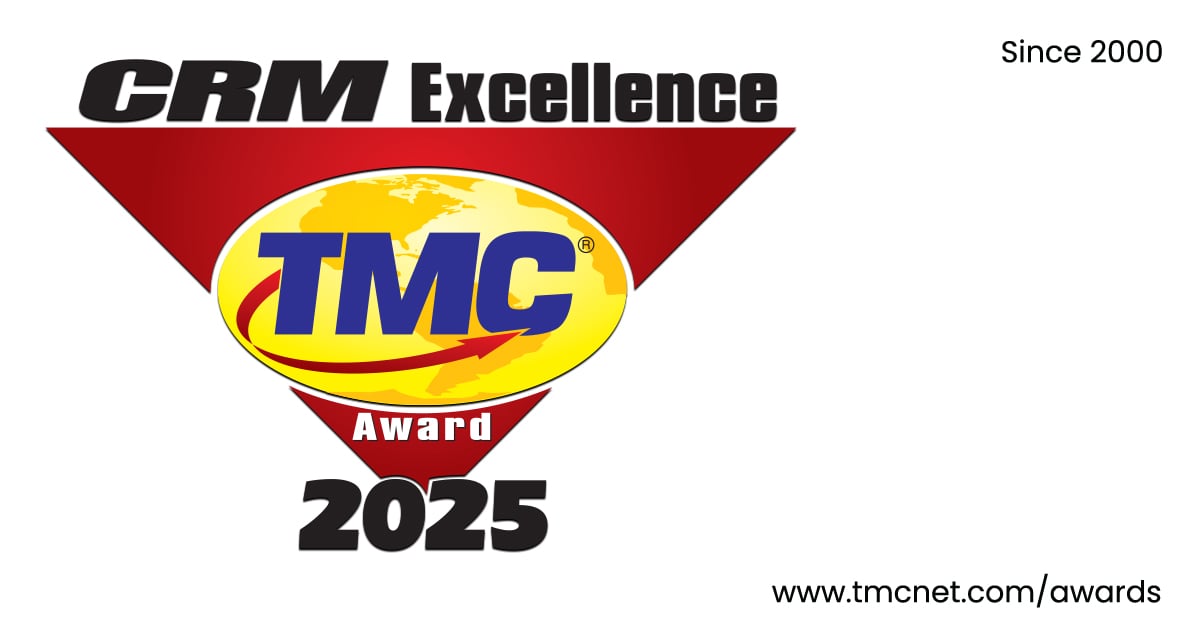
Customer care has always been associated with loyalty and business success. We’ve been talking about it for years, though – that has never been the case more than in today’s digital world. Customers are more tech savvy than ever. They understand what is possible in a digital world. As a result, their expectations have increased and they are less tolerant of poor experiences.
In fact, recent data from Five9’s Customer Service Index shows just how fragile brand loyalty is today. A whopping 68% of people are unlikely to do business with brands after a poor customer service experience – up from 61% last year. In addition, in the past year, 30% have stopped doing business with brands towards which they had previously been loyal.
Why? What creates those poor experiences? The answer is actually quite simple – it’s all about the agents and their ability to respond to customers quickly and accurately.
Certainly, there are other elements of customer service, and many customers try to use available resources, like self service platforms, to find answers on their own. But, the truth is, human interactions dominate customer service preferences across age groups. What’s more, while communications channel preferences may vary by age group, voice is still the most preferred option across all groups. Not surprisingly, that preference is even more pronounced for urgent or sensitive customer issues.
Across all respondents, more than half prefer using the phone for their general customer service needs.
- Voice (51%)
- Email (23%)
- Web chat (12%)
- Social media (5%)
- Text messaging (3%)
Knowing that, it’s not surprising that how customers define their experiences in terms of their agent interactions and, more specifically, how long it takes to reach agents and reach resolution. The top drivers of poor customer experiences are:
- Getting passed from one agent to another
- Waiting a long time to reach an agent
- Agents not equipped to answer questions quickly
Conversely, the top drivers of good customer experiences are:
- Agents getting the right answer
- Not having to wait long to reach an agent
- Agents are able to answer questions quickly
The story is not new, but the message is clear. These factors – both positive and negative – are ones we have all experienced, and we know (often too well) how frustrating it is to have to repeat information when we’re passed from one agent to another, or when we have to wait endlessly listening to horrible hold music, or when we just can’t answers to our questions. It’s enough to make us work with other brands, and that’s exactly what customers today are saying.
For brands, then, it means that the focus has to be on making sure customers are able to reach agents quickly, and agents have access to the information they need to respond to customers.
It means having appropriate staffing in place. Cloud contact center solutions and WFM tools make it easy to hire temporary, part-time, or on-call agents who can work from anywhere)
It means making sure agents can connect with other internal resources and subject matter experts quickly. Integrated Unified Communications and Contact Center solutions make it easy to bring other experts into customer interactions to resolve their concerns, regardless of where they are geographically located.
It means making sure all information about customers is available right on agents’ screens, so customers don’t have to spend more time providing information that should be readily accessible. Cloud solutions that integrate various customer data sources provide all relevant customer information instantly, making it easier for agents to address customer needs.
Ultimately, as a contact center or customer experience leader, it’s about putting yourself in your customers’ shoes. Think about what creates a good experience when you interact with brands, and what makes for poor experiences. Then implement the tools to ensure you are delivering on expectations.
The question is, are businesses doing it? Some are – 28% of customers say they have seen improvements in contact center experiences over the past year. But, some aren’t – 25% say their experiences have been worse over the past year.
To what extent did the COVID-19 pandemic impact those sentiments? It’s hard to say, but it’s reasonable to believe that the companies that improved their customer service capabilities leveraged the cloud to ensure service continuity and quality, while those that didn’t, are still be relying on their legacy technologies.
The message from customers is clear – they expect to reach customer service teams quickly, and they expect to have their questions answered accurately. Again, that’s not new. But the rate at which customers are willing to move on to competitive brands is increasing, and it’s unlikely many of them can survive a 30% customer defection rate. To avoid that, that have to invest in the technologies that enable their agents to deliver positive experiences – whether they are working in physical contact centers or remotely. With cloud, it shouldn’t matter. The experience should be the same.
Edited by
Erik Linask





